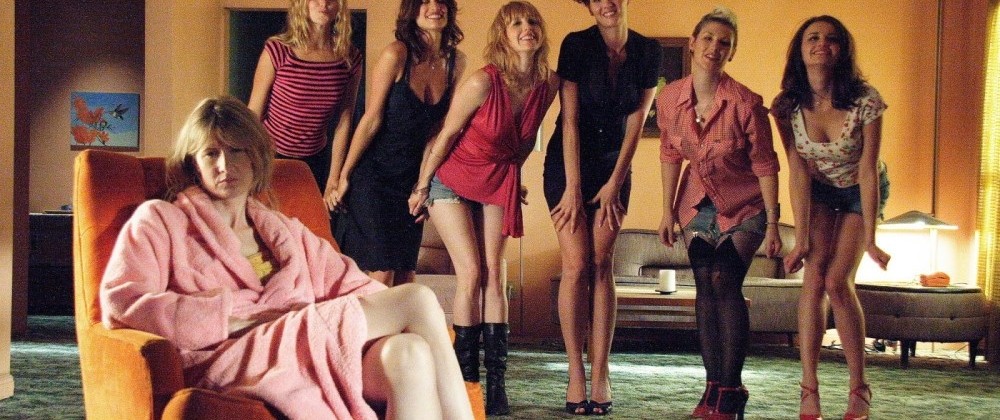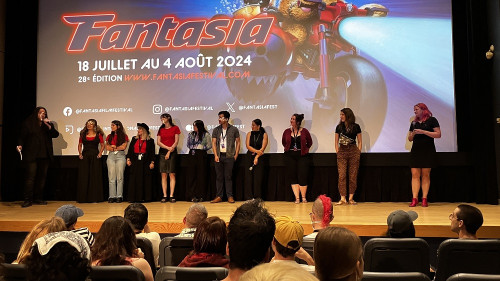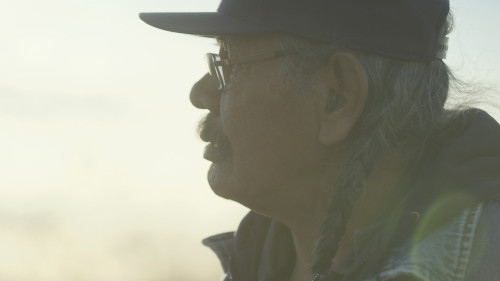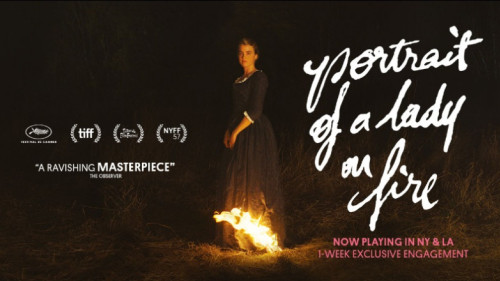Volume 16, Issue 9-10 / September–October 2012
Acting in the Cinema
In this issue
-

A Dimension Beyond Characterization
The Poetics of Performance in Experimental Narrative, David Lynch’s Inland Empire
-
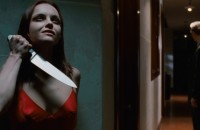
Disavowing Transgressive Pleasures: Christina Ricci, Stardom, and the Margins of the Horror Genre
-
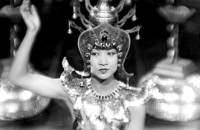
Peccadillo and Taboo in Piccadilly (1929)
The Entrancing 'otherness' of Anna May Wong
-
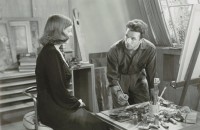
A Double Life: Bette Davis’ Twin Roles, Part 1: A Stolen Life
-
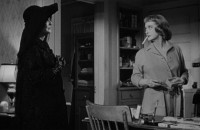
A Double Life: Bette Davis’ Twin Roles, Part 2: Dead Ringers, or Whatever Happened to Bette Davis?
-
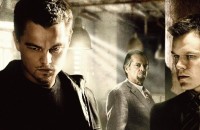
The Role of Star Persona in Character Development in The Departed
-
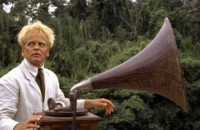
Herzog and Kinski: Taming the Madman
-

Diverging Directorial Styles & Performance
The Case of Midnight Cowboy and Husbands
-
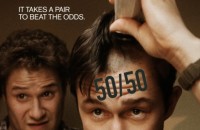
The New Candor in Male Friendship Films: Will Reiser’s screenplay 50/50, as directed by Jonathan Levine
Blurring the Lines Regarding Gender and Sexuality
-
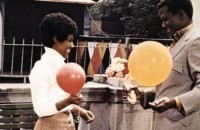
An Attempt to Reconcile Everything: A Warm December, a film starring and directed by Sidney Poitier, and the Legacy of the Great Actor
Poitier, as an exemplary man, was expected to reconcile what society could not
I have always found film acting to be one of the most difficult formal aspects of film to write about with conviction and authority; but someone who has been doing just that exceedingly well and for a long time is recently retired (from Concordia University) Film Studies professor Carole Zucker. Over her career Zucker has acted, taught acting and drama, written dozens of books and essays on the art and craft of film acting, and has taught many undergraduate and graduate courses on acting. Although Zucker’s direct contribution to this special double issue on acting may seem modest, a 1000 word impressionistic essay on what she defines as Laura Dern’s unique performance in ‘momenticity’ in Inland Empire, her imprint is felt in at least two of the other essays, Jason Lindop’s essay on the Herzog-Kinski director/actor partnership, and my own essay on how the varying directing styles of John Cassavetes (illustrated with Husbands) and John Schlesinger (illustrated with Midnight Cowboy) can impact acting style and performance. To varying degrees, each of these works originated as essays in one of Zucker’s acting courses (and my own going way back in time!). Anna Pakkala was a student at Concordia University, where Carole Zucker taught, when she wrote her essay on the interaction between persona, performance and characterisation in The Departed. For her dedicated teaching of film acting, and her extensive writing on the subject, I dedicate this special issue on the craft and skill of acting to Carole Zucker. Following Zucker’s opening piece is Daniel Garrett’s engaging overview of the great African American actor Sidney Poitier’s remarkable career and traces his legacy across the lineage of African American actors who have followed Poitier’s immense footsteps. Garrett’s essay stretches beyond Poitier’s influence to discuss the formation of a black film canon and the potential for continued art to draw inspiration from as yet untapped histories and stories of African American experience. Following Garrett is Steffen Hentke’s essay on Christina Ricci, which uses Ricci’s horror film roles to analyzes the actress’ persona as it is formed across contesting areas such as mainstream/indie cinema, child actress/adult woman, with the latter shaping what Hantke’s reads as an interesting duality between roles that at once exploit ‘transgressive’ necrophilic and/or pedophilic situations, while also suppresses their existence through either genre determination, authorial assertion and narrative conclusion. Contributing three essays to this issue (one being a two-parter) is Elaine Lennon, who over the years has written some remarkable essays on screenwriting for Offscreen. Lennon brings the same level of industry and sophistication (breadth of research, critical insight and incisive writing) to her pieces on acting, with her analysis of two of the most alluring and charismatic actresses to have graced the American cinema, Chinese-American Anna May Wong, and the indomitable Bette Davis. Wong gained success ostensibly for what Hollywood defined as screen ‘exoticness’ which translated to cultural ‘otherness’. Asian with Wong, but in most cases this translated to a vague notion of “European” sultriness, mystery, and sexual daring, with actresses like Theda Bara, Greta Garbo, Marlene Dietrich, Heddy Lamaar, and Vilma Banky. Davis’ fame is unique in that she did not possess the glamour and classical beauty of some of her contemporaries, but what she may have lacked in sheer beauty (and she was small in stature) she made up for with a burning intensity. To quote Lennon, Davis was “always acting.” Lennon’s unique analysis of Davis charts the multiple meanings, associations and reverberations of screen ‘doublings’ in her films, to quote Lennon once more, “an echo-chamber of resonance, of art resembling life resembling performance.” The final essay, also by Daniel Garrett, and the only piece not to deal directly with acting, is on recent films that feature a “new candor’ with regards male friendship. Garrett discusses what he sees as a change (largely for the better) in male intimacy in a group of recent male buddy films (including (50/50, Against the Current, The Change-Up, Couples Retreat, Forgetting Sarah Marshall, The Green Hornet, Hall Pass, and Horrible Bosses). For a variety of broad changes in social customs, men are more likely to be expressive and emotional (than in films from earlier periods) with their male friends. (Donato Totaro, ed.)

